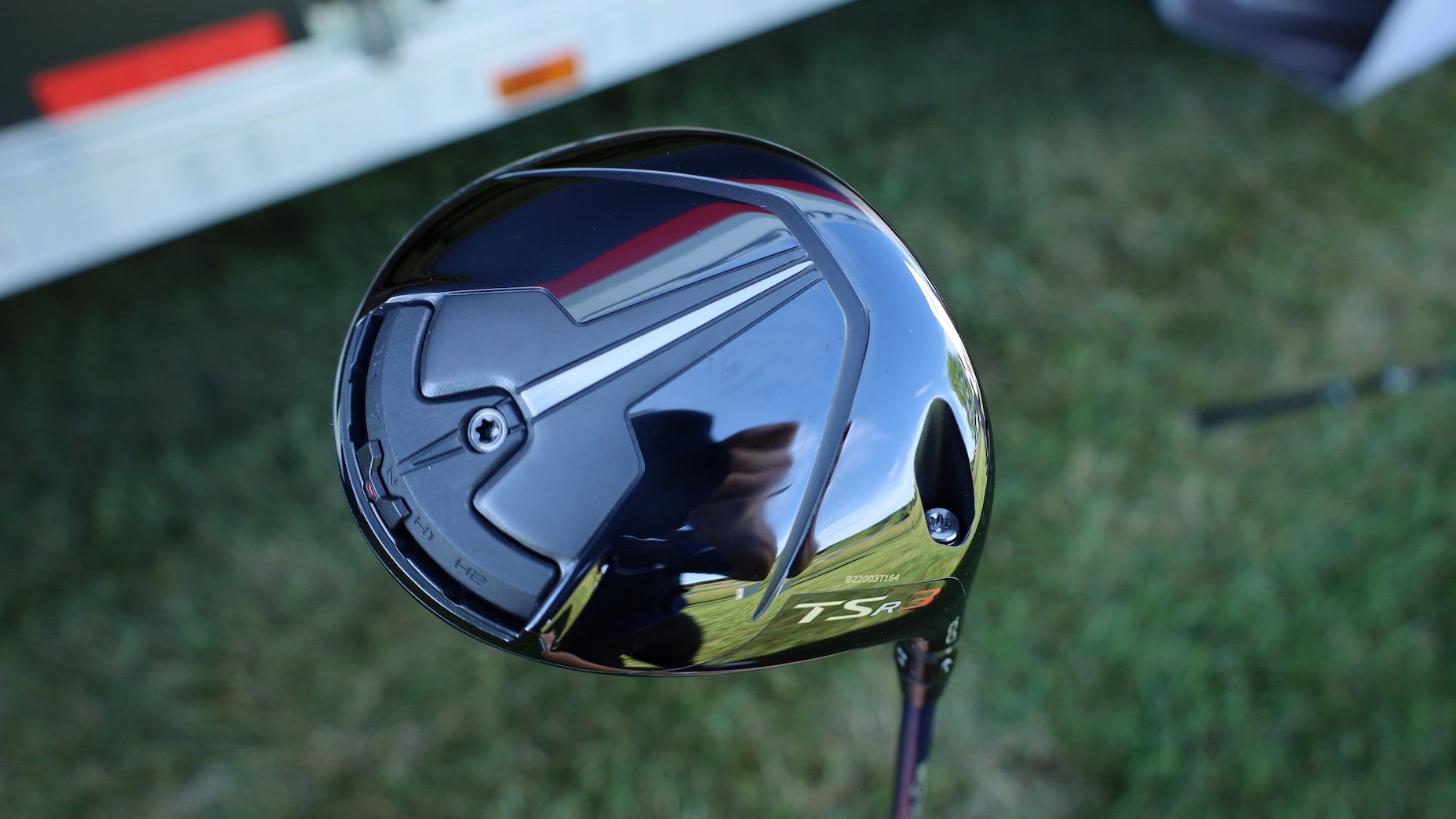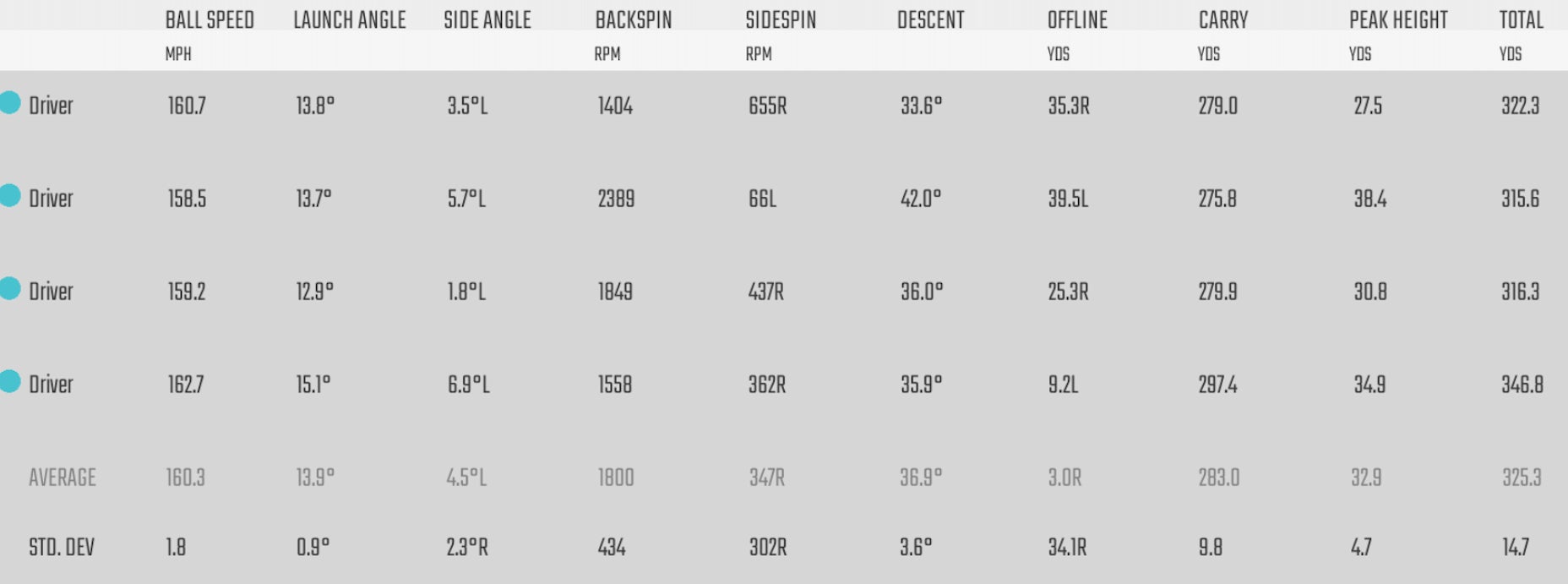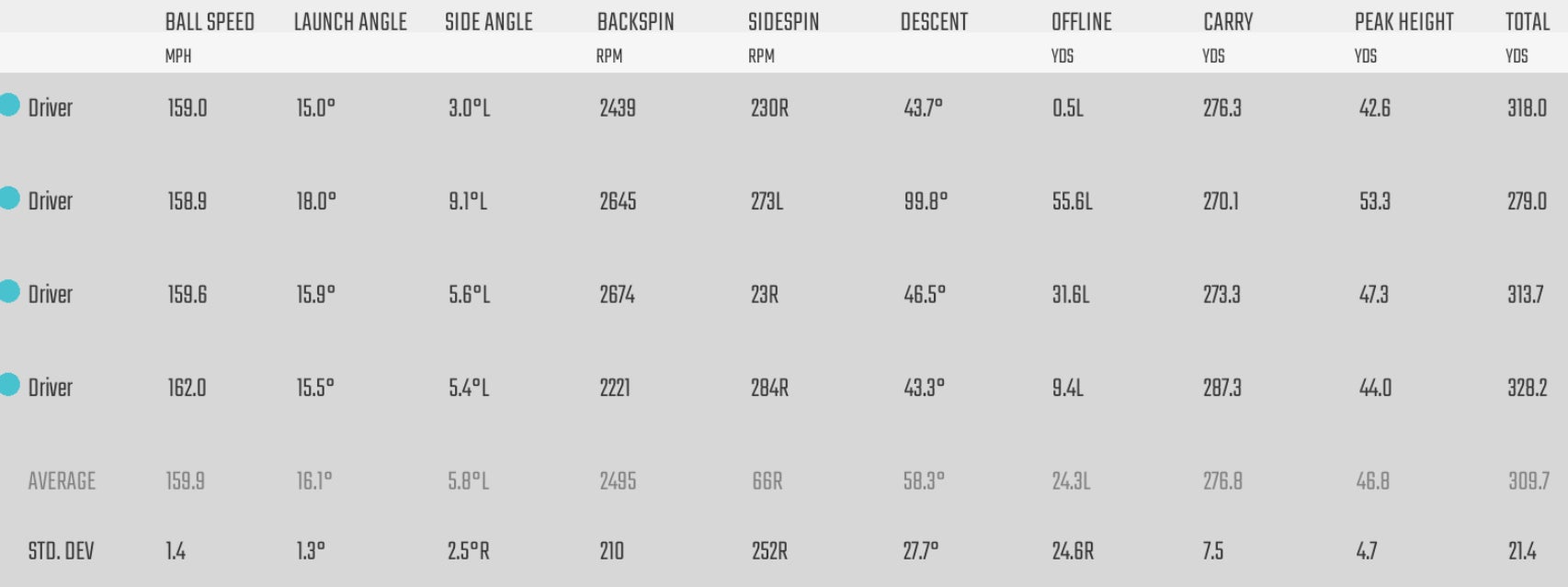
Titleist’s TSR3 is one of three models in the initial driver launch.
Ryan Barath/GOLF
Topping TSi was always going to be a tall task for Titleist’s R&D department. The shift from 6-4 Titanium to an ATI 425 face construction proved to be a total game-changer for Titleist as it ascended to the top of the driver pecking order on the PGA Tour. Ball speeds were noticeably faster across the board; many players also pointed to an uptick in heel-toe forgiveness as the primary reason for the switch.
With a two-year product runway to come up with a replacement, R&D went to work designing the follow-up to arguably the most talked-about Titleist driver since the 975. Further complicating matters for R&D was the feedback coming from Tour: Don’t mess this up.
I’ll be the first to admit I felt the same way as the Tour pros. When I made a recent trip out to Titleist Performance Institute in Oceanside, California, I told anyone who would listen that I didn’t think TSR could top the TSi I’d been using. The TSi was a low-spin machine that produced ample ball speed and enough heel-toe forgiveness to keep it on the map.
What I quickly learned was that TSR provided me with something I didn’t know I needed: More spin. With Titleist fitter Joey Saewitz lending a hand, I quickly learned I’d been living on the razor’s edge when it came to launch and spin with my TSi. I was having lots of fun hitting bombs that carried 300 yards, but the spin numbers weren’t sustainable.
Take a look at a small sample size of some drives I hit with my TSi. What stands out? My common miss is a snap-hook, so I’ll do whatever it takes to eliminate the right side (since I’m a lefty) of the fairway. I’m going both directions with a spin rate that can get downright scary at times. Yes, it’s fun to fly one almost 300 yards, but look at that spin rate. It’s impossible to rely on 15/1,558.

Some recent numbers with my Titleist TSi driver.
Foresight
One of the big takeaways on TSR from a recent chat on GOLF’s Fully Equipped podcast with Titleist Tour rep J.J. Van Wezenbeeck was the fact that players were seeing an extra 1-2 mph ball speed with TSR, but what impressed guys like Justin Thomas the most were the tighter spin rates on mishits.
“The high spins aren’t nearly as high and the low spins aren’t nearly as low,” Van Wezenbeeck told me. “It’s more manageable for guys like JT when they miss it.”
This is exactly what I saw with TSR. Working with Joey his magic, I went from a 9-degree TSi3 head into a 10-degree TSR3 that suddenly had my spin rates in a much more manageable range, particularly on off-center hits. Ball speeds were nearly identical, and I know if I want to get my launch down — I’ve always been a high ball hitter — it’s a simple turn of a wrench or possibly a more tip-stiff driver shaft. And just like that, I have high bombs with sustainable spin rates at my disposal.

My testing numbers with Titleist’s TSR3 driver.
Foresight
Not only did I notice more consistent spin rates, but TSR3 also helped eliminate the right side completely, which actually made me start swinging more confidently during my session. That feeling has continued during recent sessions with the driver.
Check out the testing video below for more insights from my driver testing session, along with a fairway wood session where I finally landed a 5-wood. Yes, I said 5-wood. Maybe I’m no longer a card-carrying member of Team No Fairway Wood.








